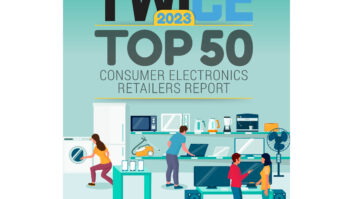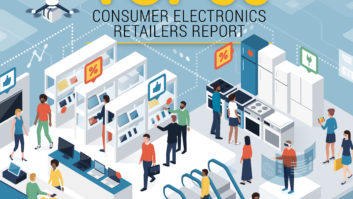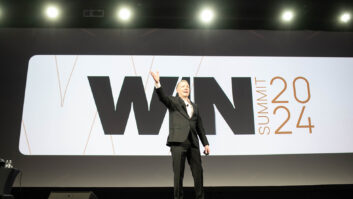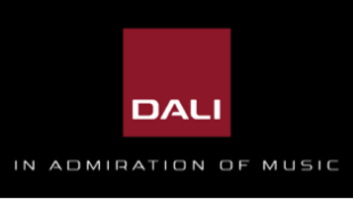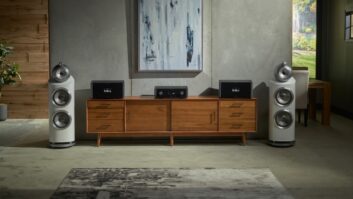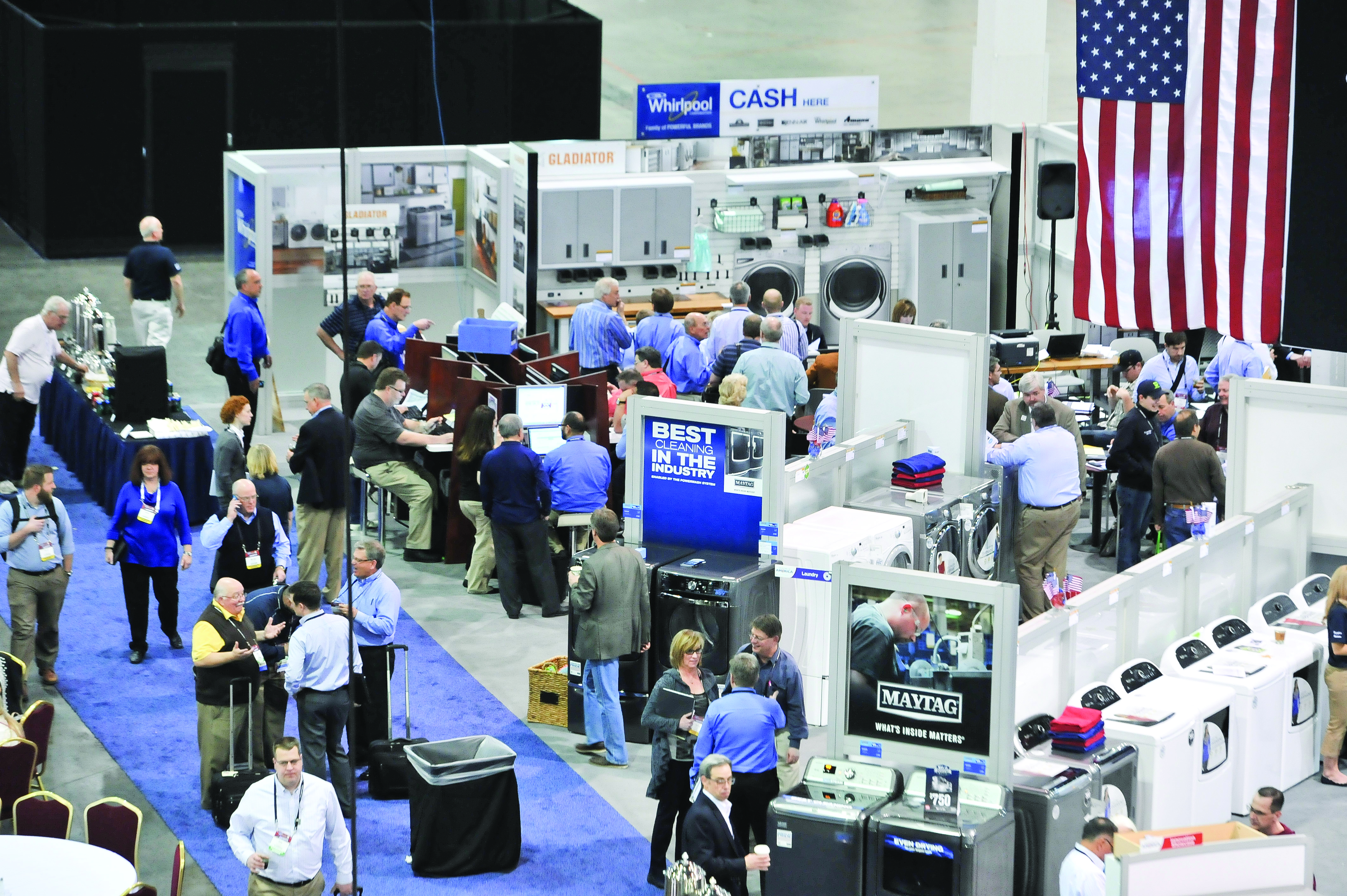
Anyone unfamiliar with the concept of buying groups must certainly be new to the tech and appliance industries.
For those newbies among us, buying groups are confederations of independent dealers that range in size from multi-regional giants to the corner TV shop.
By coming together, often in the thousands, these retailers can attain the critical mass to afford them the same competitively priced merchandising, marketing, advertising, financing and insurance programs that were traditionally reserved for big-box national chains, and which would elude all but the largest independents were they to go it alone.

The groups have been a salvation for smaller dealers who, in addition to the demands of running a family business, must keep pace with a rapidly changing landscape of social media, smart-home products and the ever-looming presence of Amazon. By joining a buying group, their challenges become those of the central management team, whose mission is to develop state-of-the-art solutions that all members can share in.
See: TWICE 2018 Top 100 CE Retailers Report: Call It A Comeback
At the same time, vendors appreciate the selling and distribution efficiencies that groups provide by coming to the table as a single entity representing thousands of independent storefronts.
Given their subsequent clout and stature within the industry, we’ve often thought it unfair to exclude these organizations from our annual Top 100 CE and Top 50 Appliance Retailer rankings. And while many — and we mean many — of their members populate the charts, rules are rules and methodologies are methodologies, and so the listings remain limited to individual companies.
But that’s not to say we can’t speculate, and have, on occasion, used this forum to figure out where the largest of the groups would stand on the lists. We’re about to do so again.
See: 2018 Top 100 CE Retailers: The Top 10
Guesstimating placement is always fraught with peril, as the groups’ own sales tallies vary with the ebb and flow of memberships; new and broken affiliations; differing criteria for inclusion; and, of course, their sales mix of CE.
So given those admonitions, and our admittedly unscientific, back-of-the-napkin scratchwork, here goes:
#7. ProSource
ProSource, with more than 550 A/V dealers and custom integrators on board, and a healthy heaping of Top 100 chart toppers, describes itself as the largest specialty and consumer electronics merchandising group in the U.S.
Backing that up are collective annual sales of more than $5 billion, which would place it just behind sixth-ranked Target ($5.5 billion) and leagues ahead of GameStop ($3.5 billion). The gaming chain, in turn, would be pushed back to ninth place, behind Nationwide, in our buying group ranking scenario.
#8. Nationwide Marketing Group
Nationwide lays claim to being the largest independent majap, CE, furniture, bedding and outdoor products buying, marketing and business services group on the continent.
It consolidated its position last year with its absorption of Mega Group USA, giving it a collective membership of 5,300 dealers operating some 14,000 storefronts. Nationwide’s own estimate of their combined sell-through now totals $18.5 billion.
See: The Top 5: What Moved The Needle For Tech Retailers In 2017
For purposes of this exercise, we will assume that CE comprises roughly a quarter of those sales, based on past conversations with management and the growth of its appliance, bedding and furniture businesses relative to tech.
The resulting $4.6 billion CE estimate would make Nationwide the eighth-largest tech retail entity in the land, coming in a hair’s breadth behind ProSource and well ahead of GameStop, the world’s largest video gaming merchant.
#9: Associated Volume Buyers (AVB)
OK, here’s where it gets even trickier.
AVB’s beginnings can be traced back to a fishing excursion where a bunch of Southern California dealers considered pooling their orders to strengthen their hand with vendors.
Nearly half a century (and a divisive BrandSource branding program) later, the group claims in excess of $19 billion in annual sales, generated by nearly 4,500 members operating over 8,000 storefronts.
Like Nationwide, the members belong to various chapters, divisions, sub-groups and affiliates within the parent organization. One of those, the A/V specialty and custom install group ProSource (see above), remains closely associated with AVB but independent nonetheless.
So, extracting ProSource’s roughly $5 billion contribution to AVB’s sales tally leaves $14 billion in sell-through, and applying the same 25-percent CE mix approximation as Nationwide gives us a Top 100 total of about $3.5 billion.
Returning to the charts, $3.5 billion would place AVB roughly neck-and-neck with GameStop, tying for ninth place, and well ahead of online-only CE stalwart Newegg, which would move to No. 10 with $2.7 billion in sales last year.
#13. NATM Buying Corp.
Compared to the other groups, NATM’s membership ranks are miniscule, but they belie the awesome sell-through of the 12 regional and multiregional powerhouses that make up this buying and best-practices consortium.
Member chains like Nebraska Furniture Mart (No. 20) and P.C. Richard & Son (No. 22) populate the charts, and TV alone comprised close to 20 percent of group sales last year, good for a 3 percent share of the U.S. television market and better than 10 percent of the premium TV segment.
That leads us to assume that about a third of NATM’s cumulative $6 billion can be accounted for by CE, with the balance in major appliances, bedding/furniture and “other.”
The resulting $2 billion tech total places NATM a step behind Walmart’s Sam’s Club warehouse chain ($2.2 billion) and comfortably ahead of Sears, which has roughly half the group’s firepower in electronics.
See all Top 100 multimedia coverage in the TWICE Research Center.




